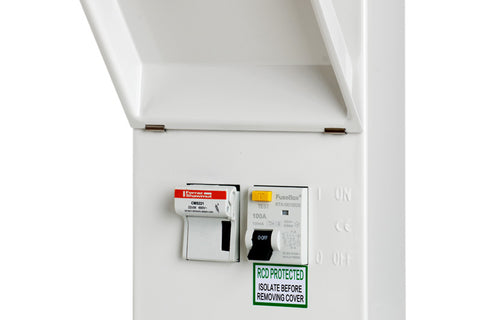What Does a Consumer Unit Do?
What is the Job of a Consumer Unit?



Can you fit your own consumer unit?
This is a massive NO. Unless of course you are a fully qualified electrician. It is a legal requirement for the installation of a consumer unit is carried out by an electrician that is fully qualified. The importance of a consumer unit goes beyond just powering the ability to charge your phone, they save people's lives everyday. In our industry we see a lot of fuseboard installs which are unsatisfactory to say the very least, one mistake with something so important can be the difference between life and death. So just leave it to the professionals, the people who have trained their whole professional lives to deal with these installations.



![]()

Can I check my own consumer unit?
The majority of work or checks that need to be done on a consumer unit again but me done but a fully qualified individual. For example atleast once every 10 years, if it is a rented property then this is brought down to atleast once every 5 years.
There are some checks as a homeowner you can do though. The first one would be testing the RCD, if you have one that is. They should be checked twice a year and to check them is simple, they all come installed with a Test button (T) on the front of the safety device. There should also be a label on the front of the consumer unit telling you where it is and how to test it. When you press the test button the RCD will atomatically switch off. If it doesn't switch off you now know there is a problem and you need to call your local electrician.
Every single consumer unit has to have an IP rating to, this is to prevent anybody being able to touch an live electrical parts of the install. This seems complicated and you are probably thinking how would I test this? Its simply a visual test. If you look at your fuseboard and can see a gap that you could fit a finger into then there is a problem. If there is a problem you know what to do, call an electrician.












